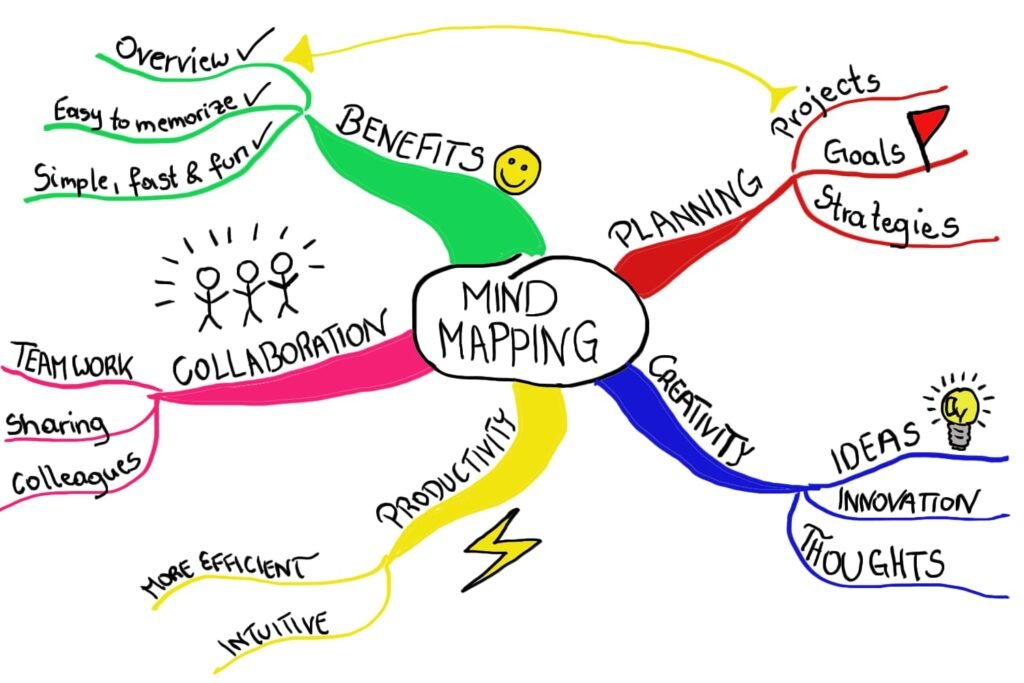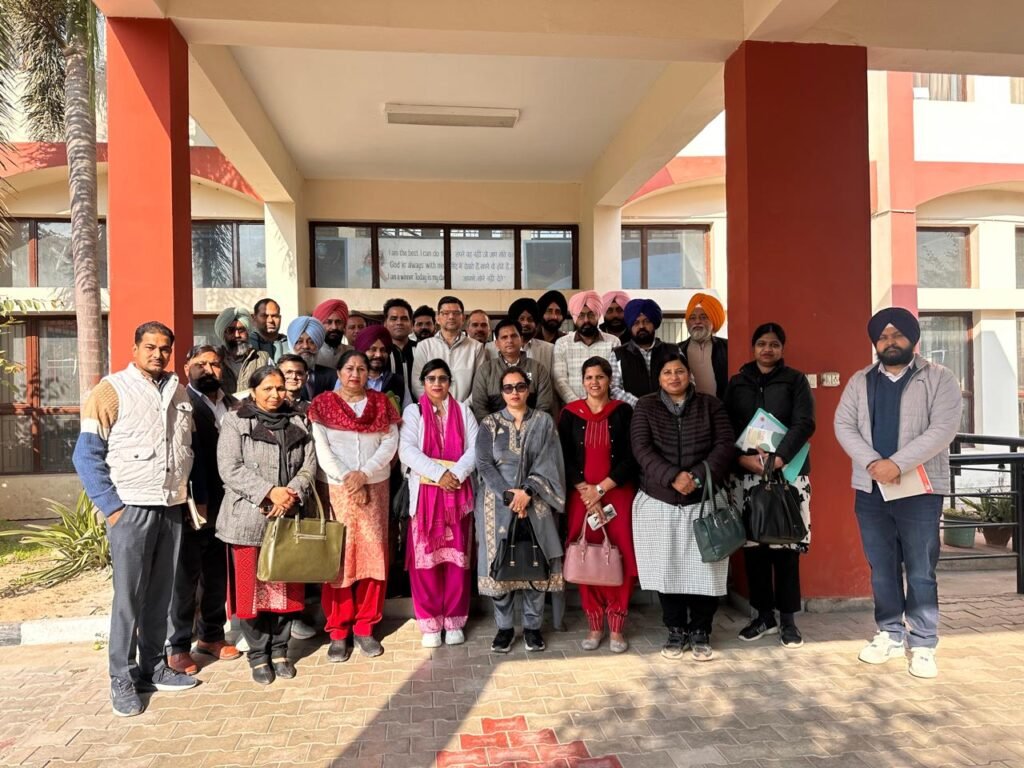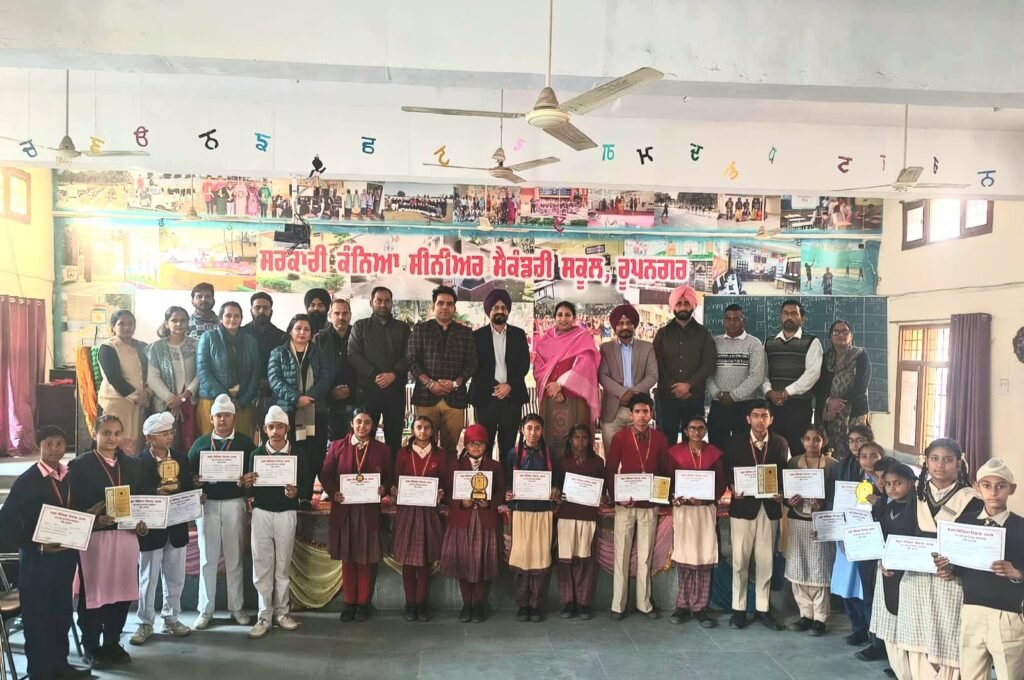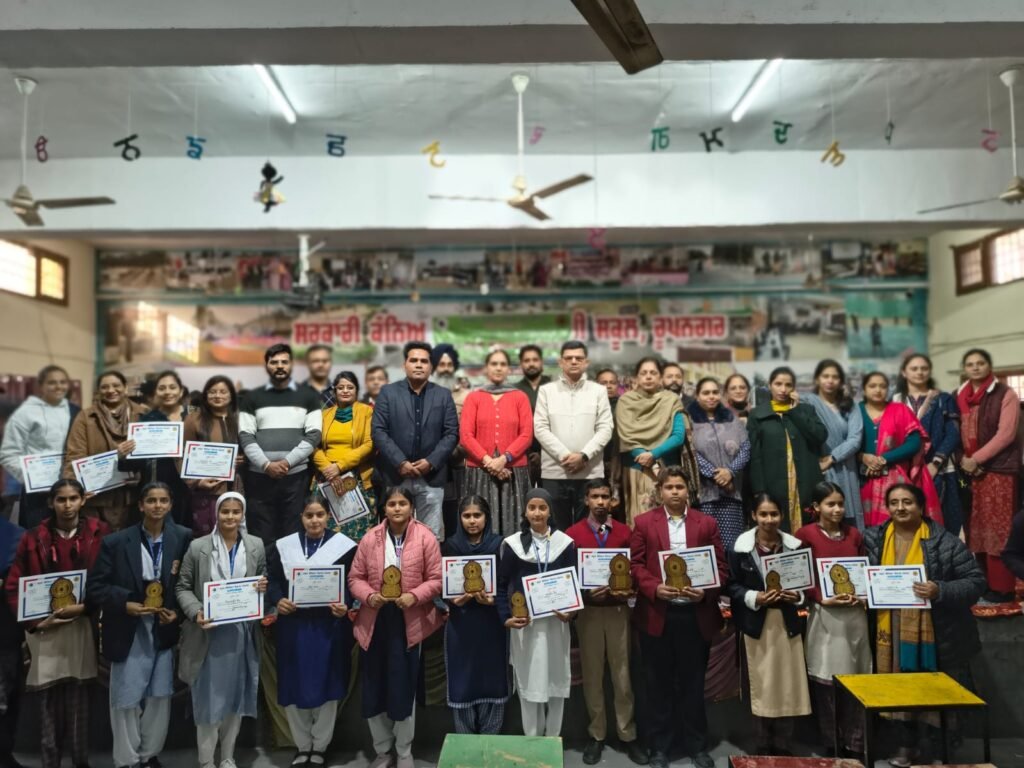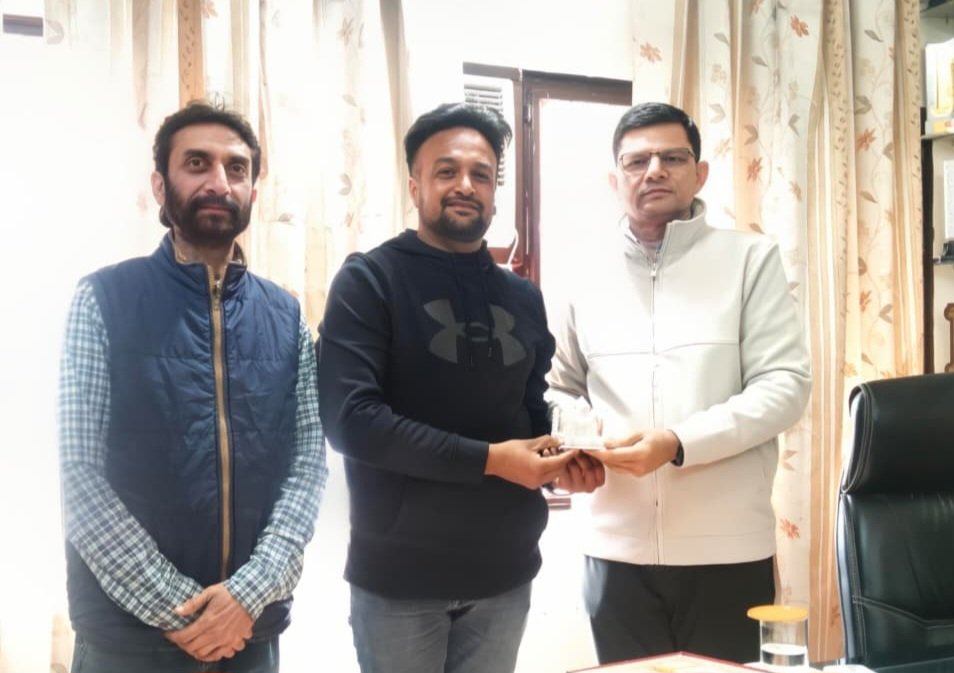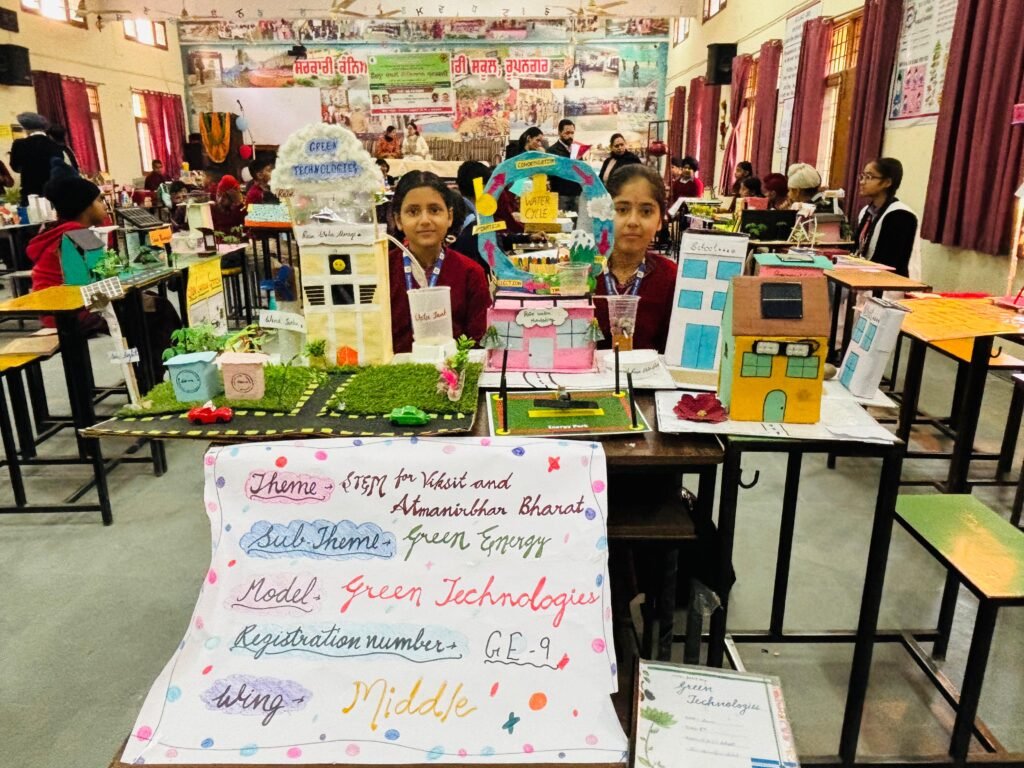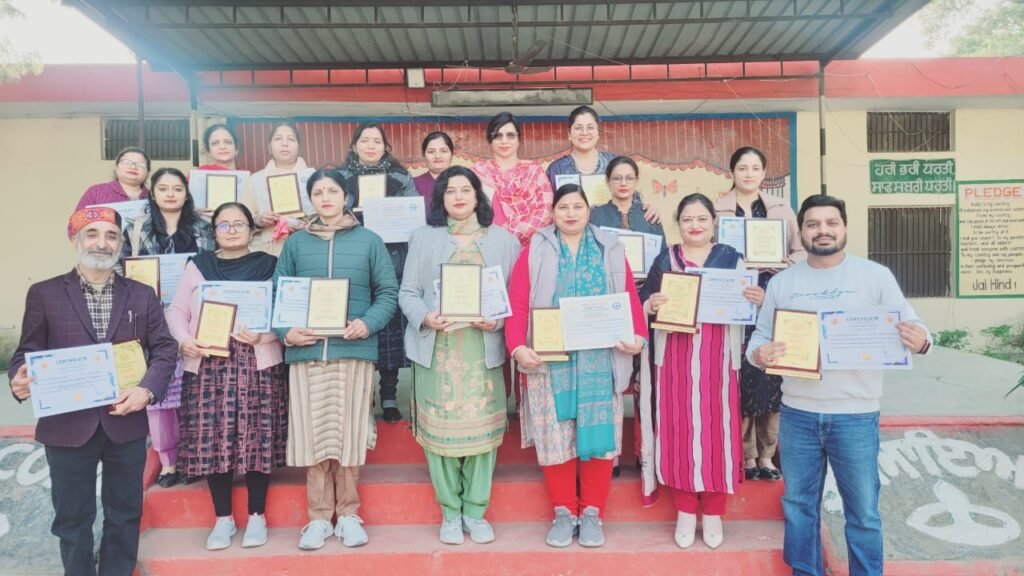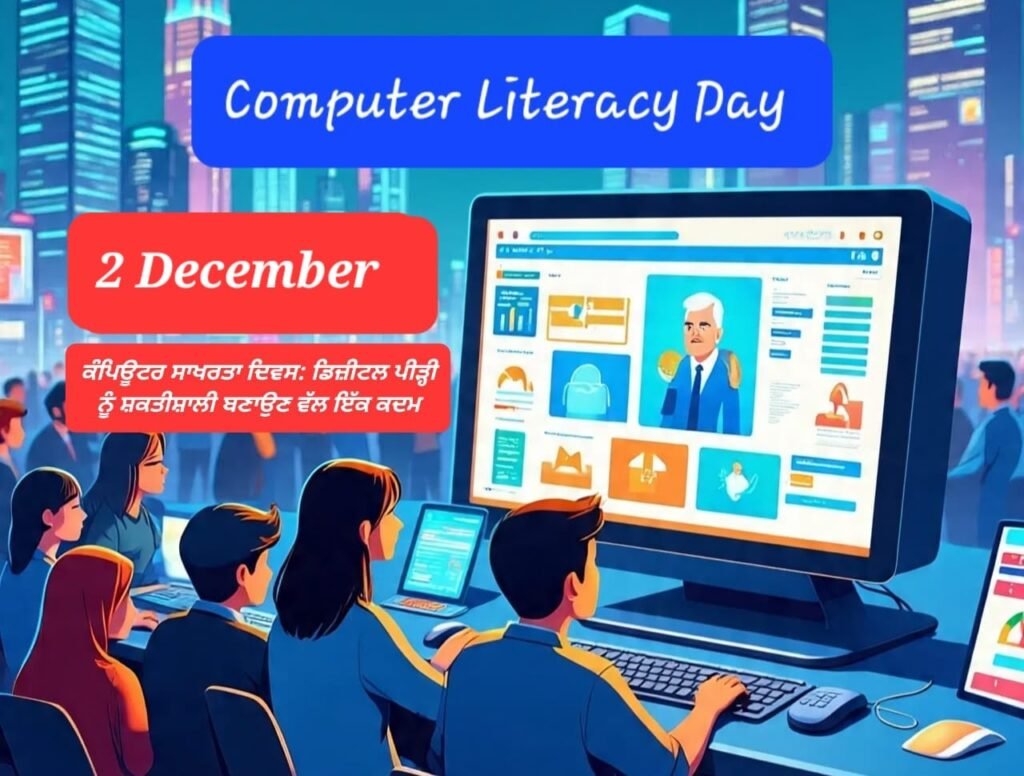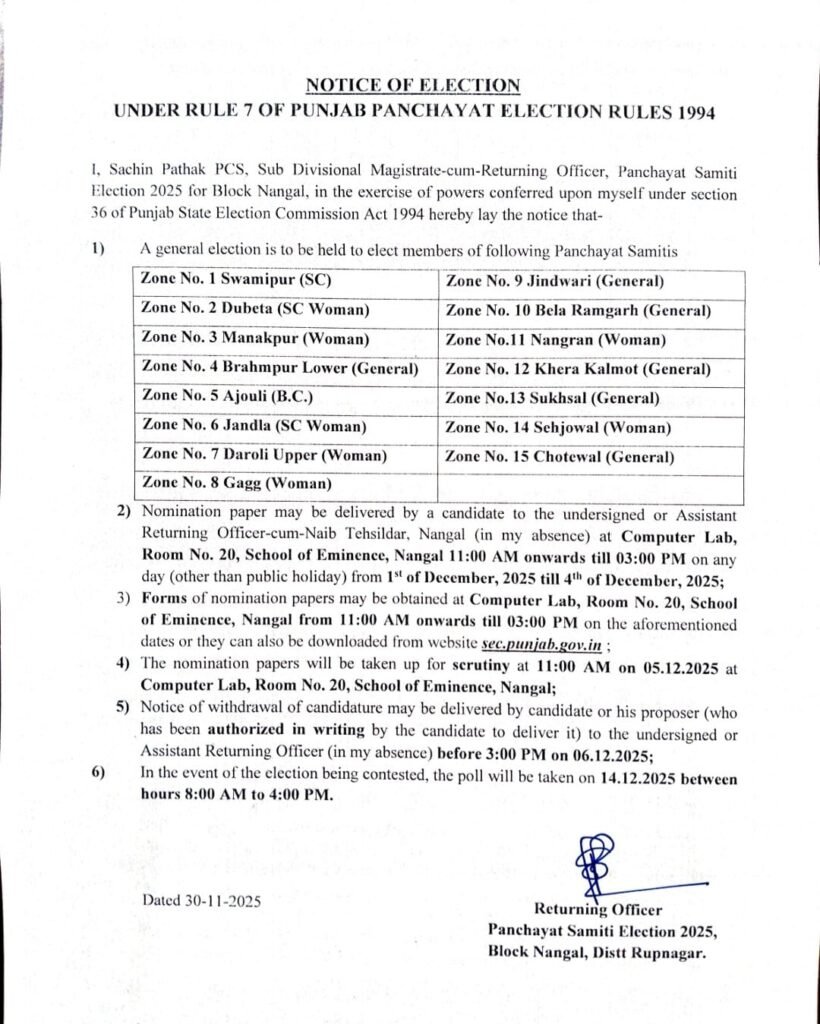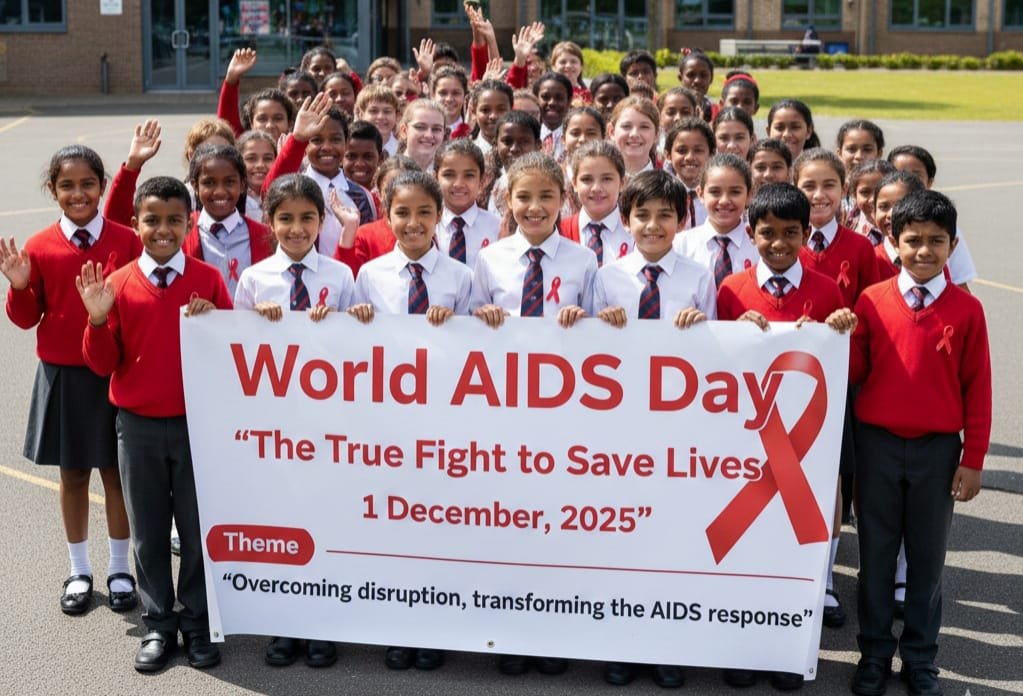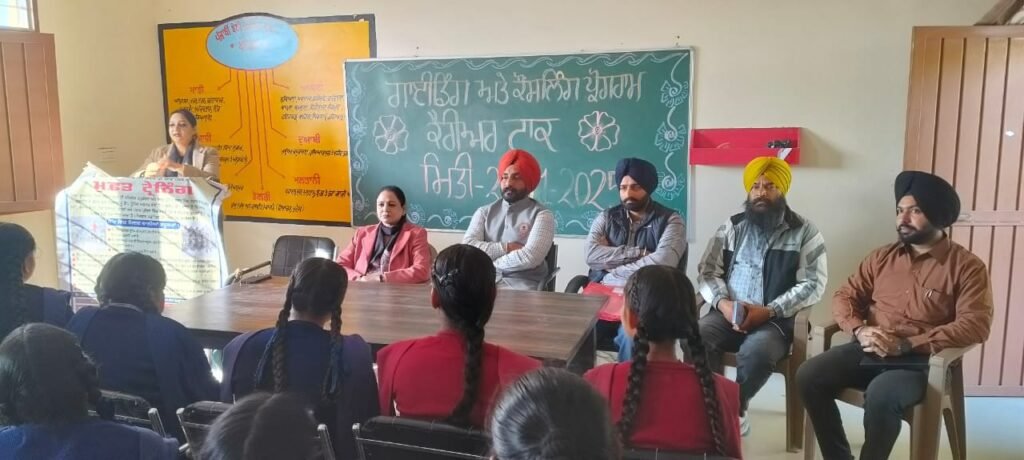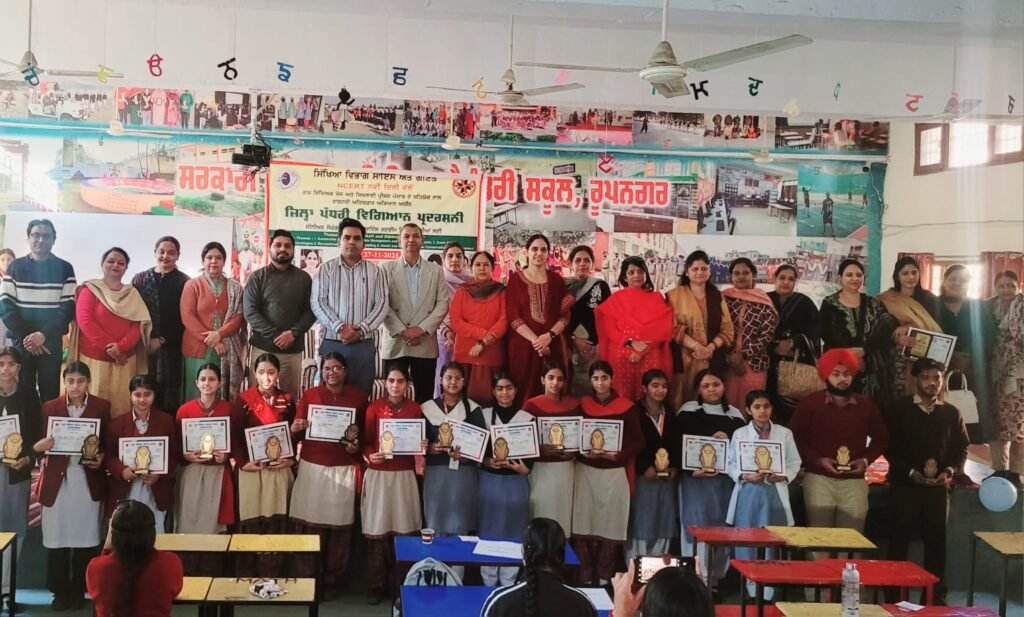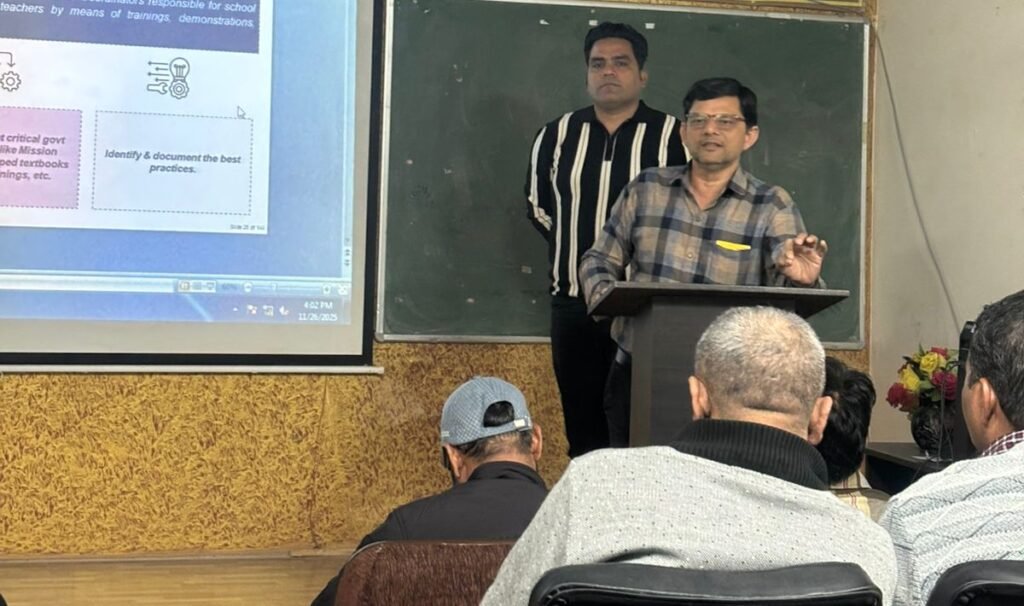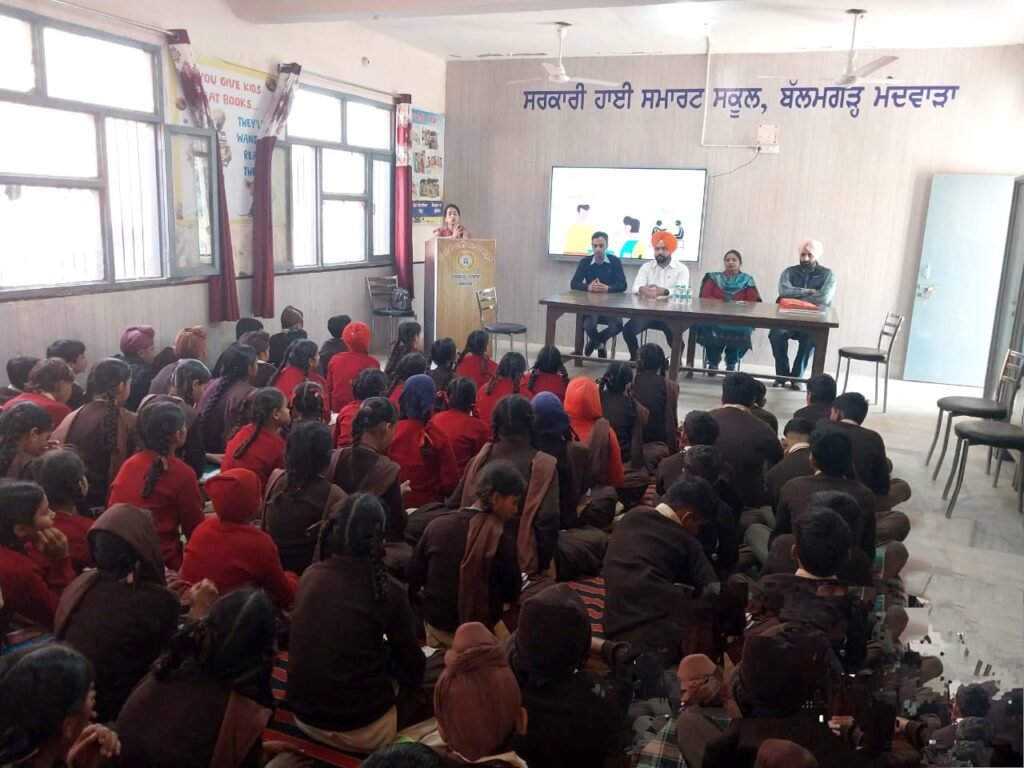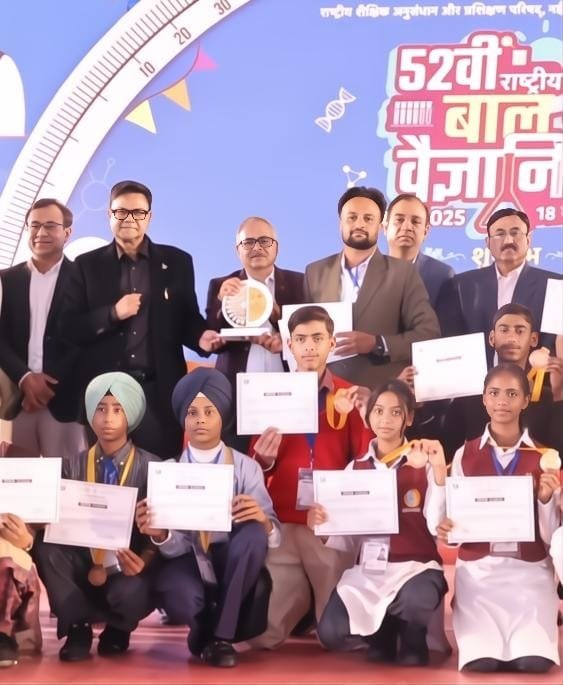In today’s fast-paced, information-rich world, helping children process and retain knowledge effectively is more important than ever. One powerful tool gaining popularity in modern education is Mind Mapping — a creative, non-linear approach to learning that encourages visual thinking, critical reasoning, and independent exploration. Unlike traditional note-taking, mind mapping allows ideas to radiate from a central concept, making learning more engaging and easier to understand.
What is Mind Mapping?
Mind mapping is a method of visually organizing information. It begins with a central idea, written or illustrated in the middle of a page. From this, branches grow outward, each representing a subtopic or related idea. Using colors, keywords, drawings, and symbols, children can build a vibrant and meaningful network of information — much like a mental map.
Why Mind Mapping Works for Today’s Learners
🌱 Enhances Memory and Recall
Mind maps use visual cues — like images and bright colors — which activate both sides of the brain. This dual stimulation helps children remember information more efficiently than linear notes.
🎨 Boosts Creativity and Critical Thinking
By allowing free association of ideas, mind mapping nurtures imagination. Children learn to explore unconventional connections, sparking innovation — a key trait in today’s creative economy.
📚 Improves Comprehension
Breaking down complex subjects into digestible parts helps children grasp difficult topics with greater ease. It turns intimidating information into approachable chunks.
🤹♂️ Encourages Active Learning
Unlike passive memorization, mind mapping requires children to interact with what they learn — making decisions, identifying patterns, and linking concepts.
😊 Makes Learning Fun
Its colorful, artistic format appeals to children of all learning styles. This play-based method reduces learning anxiety and boosts motivation.
How to Create an Effective Mind Map
✅ Start with a Central Topic: Place the main idea in the center of a page or screen.
✅ Branch Out: Add main themes as branches and subpoints as twigs.
✅ Use Keywords and Images: These help retain and organize ideas quickly.
✅ Show Connections: Arrows or lines help highlight relationships.
✅ Encourage Exploration: Let children add their own ideas and questions — even wild ones!
✅ Go Digital: Tools like XMind, MindMeister, or Canva make editing and saving easy.
Real-World Applications of Mind Mapping
📝 Note-Taking: Summarize key points from lessons or readings.
📖 Story Planning: Organize plotlines, characters, and settings.
🧠 Problem Solving: Visualize challenges and brainstorm solutions.
🎓 Concept Learning: Break down topics in science, history, or math.
✍️ Creative Writing: Generate and organize ideas for essays, poems, or plays.
★ Nurturing Genius Through Visual Thinking
In the 21st century, genius isn’t just about IQ — it’s about flexibility, empathy, creativity, and problem-solving. Mind mapping naturally aligns with this broader definition of intelligence by empowering students to learn their own way. It supports child-centered education, giving children ownership of their thinking and learning process.
🌍 By promoting curiosity, confidence, and connection through mind mapping, we aren’t just teaching content — we’re shaping the thinkers, creators, and leaders of tomorrow.
✍️ Written by:Jagjit Singh
Government High School, Raipur (Rupnagar)
📞 Contact: 98783 94118
District Ropar News
Follow on Facebook
👇Share on your Social Media

